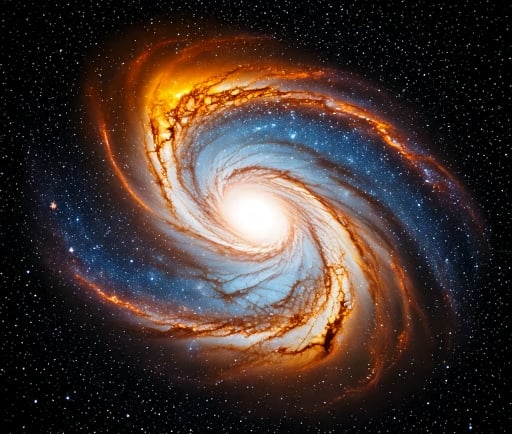NGC 4126: The Lenticular Galaxy in Coma Berenices


Introduction to NGC 4126
NGC 4126 is a fascinating lenticular galaxy located in the constellation Coma Berenices. It has garnered significant interest in the field of astronomy, particularly due to its unique characteristics that classify it as a lenticular galaxy according to both the Hubble and the de Vaucouleurs morphological classification systems. Lenticular galaxies, like NGC 4126, represent an intermediate form between spiral and elliptical galaxies, presenting intriguing features worthy of further exploration.
Characteristics of NGC 4126
At first glance, NGC 4126 exhibits a distinct structure characterized by a prominent bulge and a surrounding disk. This galaxy encompasses a population of old stars, much like elliptical galaxies, yet it retains a thin disk composed of gas and dust akin to spiral galaxies. As classified by Hubble's system, it bears the designation 'S0', denoting its status as a lenticular galaxy. In addition, the de Vaucouleurs classification further clarifies its morphology with subtle nuances that contribute to the understanding of its formation and evolution.
Significance of NGC 4126 in Galactic Studies
The significance of NGC 4126 lies not only in its stunning formation but also in what it reveals about galactic evolution and structure. Studying NGC 4126 through various observational methods aids astronomers in unraveling the complexities of galaxy formation. The existence of a lenticular galaxy within the Coma Berenices region indicates the various pathways through which galaxies can evolve over cosmic time. By examining the characteristics and the environment surrounding NGC 4126, scientists can construct theories encompassing the life cycles of galaxies.
In conclusion, NGC 4126 represents a remarkable example of the complexity and diversity found in our universe. Its classification as a lenticular galaxy offers insights into the transitional states of galaxies between the spiral and elliptical forms. By focusing on NGC 4126 and similar galaxies, we can deepen our understanding of the morphology of galactic structures, leading to broader implications for the field of astronomy and our comprehension of the cosmos at large.
